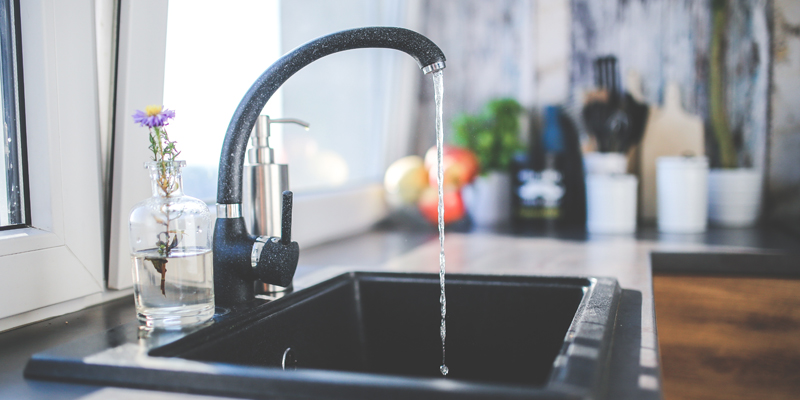Winter can wreak havoc on a number of your home’s systems, including your water lines. To ensure that everything is operating as it should be, we are offering this handy spring plumbing checklist.
Kitchen
Check the area underneath the sink, looking for leaks. Inspect any lines running to your refrigerator or icemaker to ensure they are not damaged. Look underneath your dishwasher for standing water, which might indicate a leak. Determine if there are any clogs in your kitchen sink or garbage disposal. If so, contact us right away to have them removed.
Bathroom
Inspect your toilet, looking for leaks coming from around the bottom. Pour a few drops of food coloring into the tank and wait around 30 minutes. If the color appears in your bowl, this means you have a leak in your tank.
Check for drips in your sink, bathtub, and shower. Inspect the caulking around your fixtures and replace if needed. Remove your showerhead and check for lime buildup. If there is an excessive amount, soak the showerhead overnight in a solution of white vinegar and water.
Water Heater
During winter, you may use more hot water than usual. This makes it more likely that mineral deposits will accumulate in your tank. Your water heater requires regular preventative maintenance, which includes draining and refilling it from time to time. Follow these steps:
- Turn off the water supply to your appliance, either through its own shut-off valve or by turning off your home’s water supply at the main.
- Turn off your water heater’s power supply by flipping its breaker or turning its thermostat setting to pilot.
- Attach a garden hose to the outside of your tank. Be sure the hose is long enough for you to divert the water outside.
- Turn on a hot water tap close to your water heater. This will eliminate pressure in your tank and allow the water to drain.
- Open your drain valve and allow your water to drain.
- Flush your tank by turning on the cold water spigot and allowing water to flow until it is completely clear. This could take several minutes, depending on how much sludge is inside your appliance.
After completing these steps, turn off the cold water spigot, close the drainage valve, and remove the garden hose. Turn the water and power supply back on and turn off the hot water faucet you originally opened. Allow your tank to fill completely before using any hot water.
Sump Pump
Ensure you are ready for potential spring flooding by checking your sump pump’s operation. Do this by pouring a few gallons of water into it to make sure it engages. If your pump doesn’t engage or makes any unusual noises, have it inspected right away.
You may have flood alarms installed near your sump pump. If so, the sensor may have a button that you can press in order to test the alarm. Otherwise, you may want to have a professional inspection performed to make sure that the alarm is ready to go. Pouring water on the alarm to check it is not recommended as it might actually render it inoperable.
Outdoor Checklist
Some plumbing issues are only visible outdoors. An example is when you have broken pipes in your yard. Accordingly, you should look for areas of standing water, which might indicate a problem with your pipes.
When sewer lines become backed up, you may notice that your grass is greener or thicker in certain areas. Be mindful of such patches, particularly if they also follow the path of your sewer lines.
Check your outdoor spigots for signs of weather damage such as rusting or cracks. Hook up a garden hose and look for leaks coming from around the connection. If you notice leaks, tighten the packing nut behind the handle. If you still notice leaks, you may need to replace the washer.
Here are some other outdoor areas that should be checked for leaks and/or clogs:
- Gutters
- Downspouts
- Yard drains
- Vent pipes
- Crawlspace
- Water meter area
Lawn Sprinklers
Ensure your outdoor sprinklers are ready to go. Here are some things to look for:
- Broken, missing, or damaged sprinkler heads
- Slanted sprinkler heads
- Damaged or broken pipes
- Water pressure that is too high or too low
- Correct operation of sensors and rain gauges
In most cases, you can quickly identify plumbing issues by giving your sprinkler system a test run. When doing so look for leaks, and check to see if your sprinklers are providing consistent, even coverage.
Contact us for Plumbing Repairs
This handy checklist will help you ensure that everything is in great shape. If you notice problems or need help with preventative maintenance, please contact us here at Bodenheimer Plumbing Services. Our knowledgeable technicians are available whenever you need us and look forward to serving you soon.


